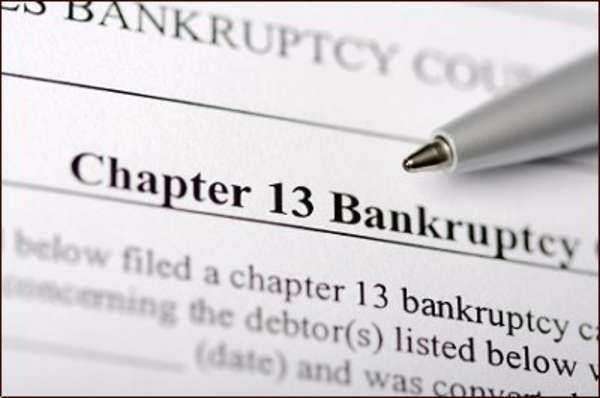
Chapter 11 Bankruptcy Information: The Basics
Cases filed under chapter 11 of the United States Bankruptcy Code are commonly referred to as “reorganization plans.” A chapter 11 filing begins with the delivery of a petition with the bankruptcy court that serves the area in which you reside. The petition may be voluntary—filed by you—or involuntary, which is filed by your creditors. Voluntary petitions must adhere to Bankruptcy rules and the format of Form 1 of the Official Forms prescribed by the Judicial Conference.
Unless the court states otherwise, you are required to file the following information/documents with your court:
· A schedule of all assets and liabilities
· A schedule of your expenditures and current income
· A schedule of any unexpired leases or executor contracts that are present in your debt profile
· A statement of financial affairs
If the debtor is an individual–and not a married couple—additional document filing requirements must be satisfied. These debtors must also file: a copy of debt repayment plans developed by a licensed credit counselor and a certificate of credit counseling.
The voluntary petition will also include standard information regarding the debtor’s name(s), address, tax identification number, social security number, location of principal assets (if the individual owns a business) the debtor’s repayment plan and a formal request for relief under the coordinating chapter of the bankruptcy code. In most cases, a written disclosure statement and a detailed reorganization plan must be submitted to the appropriate court. The disclosure statement will contain information regarding the liabilities, business affairs and the assets of the debtor; this document will ensure that said information is sufficient to enable a creditor to process a judgment concerning the debtor’s reorganization plan.
Chapter 11 Bankruptcy Information: Purpose of the Filing
A filing under Chapter 11 is typically utilized to reorganize a business, a corporation, partnership or sole proprietorship. Chapter 11 is available to any business, although it is commonly used by corporate entities.
When a business is unable to pay its creditors, the two parties can come together to file a claim under Chapter 11 (or Chapter 7) with a federal bankruptcy court. In a Chapter 7 filing, the business will cease operating and a trustee will liquidate all of its assets. The proceeds from the sale are distributed proportionately based on the amount owed to the creditors. In a Chapter 11 filing, the debtor remains in control of the business as a debtor in possession. The business; however, is reorganized to fulfill its debt obligations. The entity is subject to the oversight of the bankruptcy court and the respective jurisdiction.
A Chapter 11 filing affords the debtor a number of mechanisms to reorganize the business. The individual can acquire loans and financing on more favorable terms by awarding new lenders first priority on any future business earnings. The debtor is also protected from subsequent litigation against the entity through the presence of an automatic stay. While this provision is in place, litigation against the debtor is put on hold until it can be resolved in bankruptcy court.
Chapter 11 Bankruptcy Information Regarding Eligibility:
Cases filed under chapter 11 of the United States Bankruptcy Code are commonly referred to as “reorganization plans.” An individual debtor may not file under Chapter 11 if, during the preceding 180 days, a preexisting petition for bankruptcy was dismissed due to the individual’s willful failure to appear before the respective bankruptcy court or comply with orders of the court. Furthermore, filing will be impeded if the individual was voluntarily dismissed after his or her listed creditors sought relief from the court to recover assets or property that were held with liens.




















